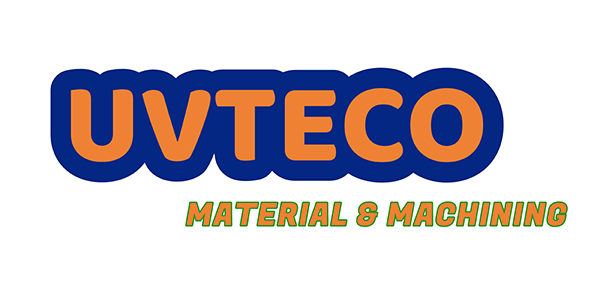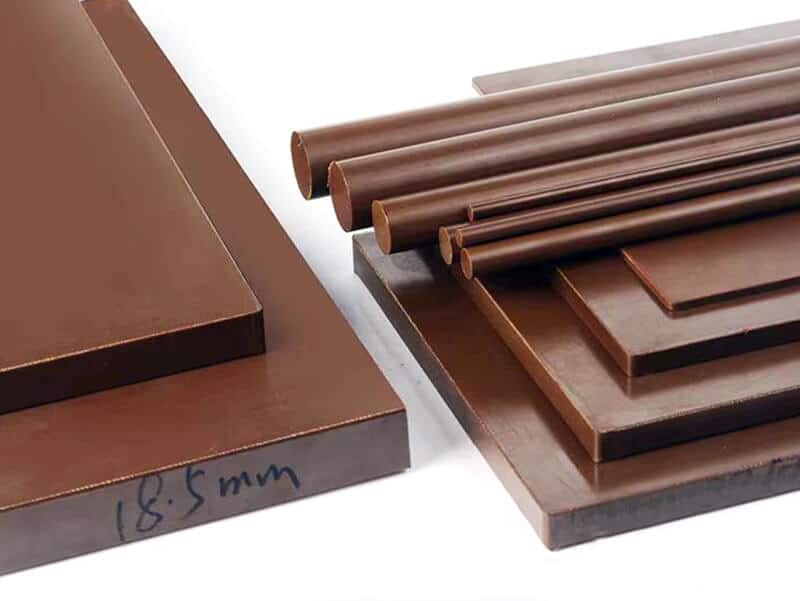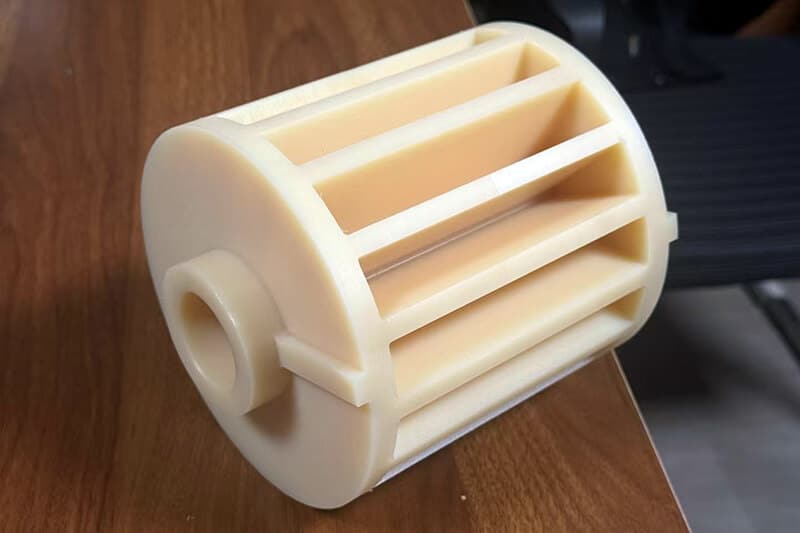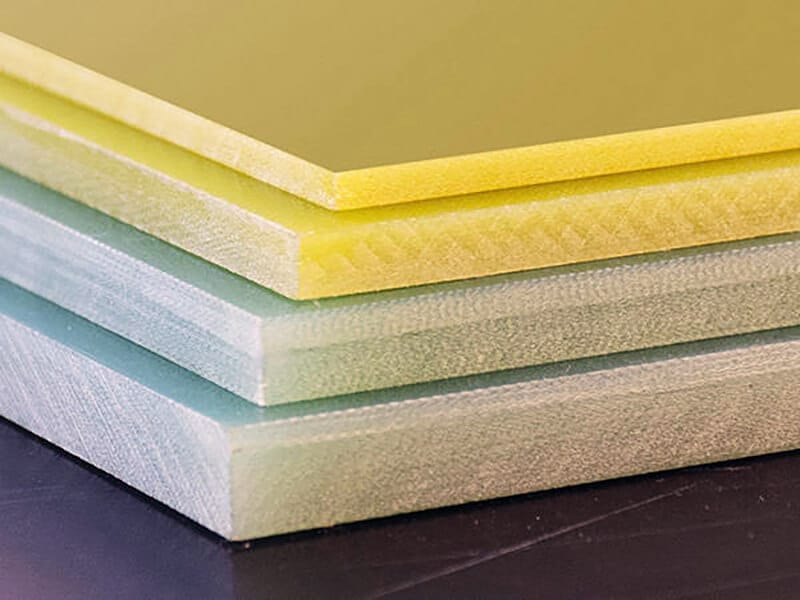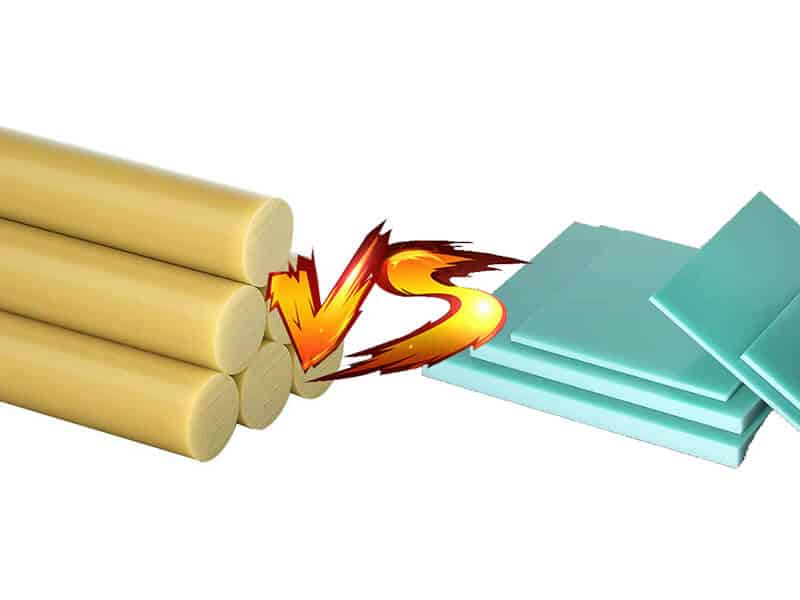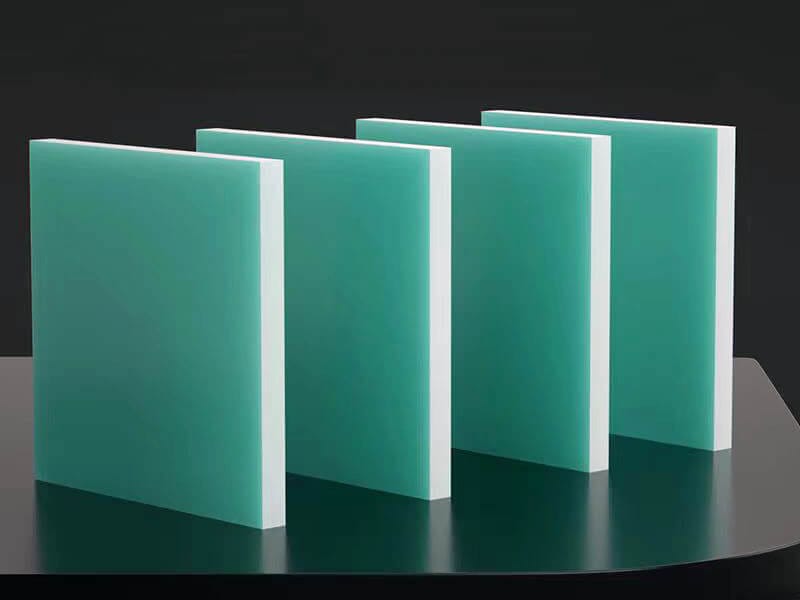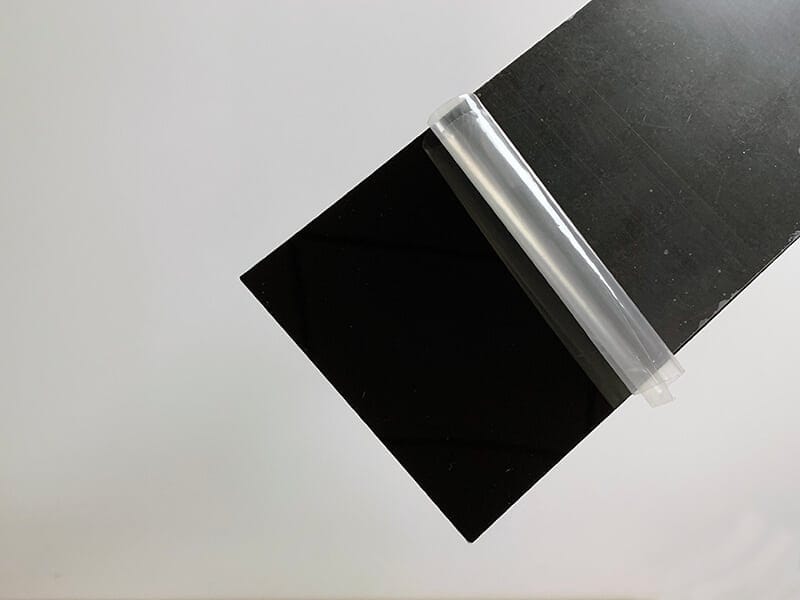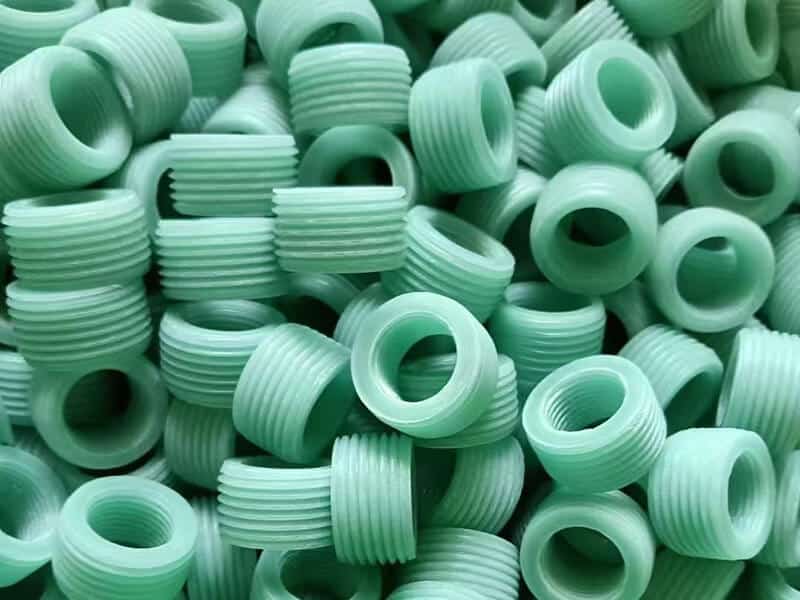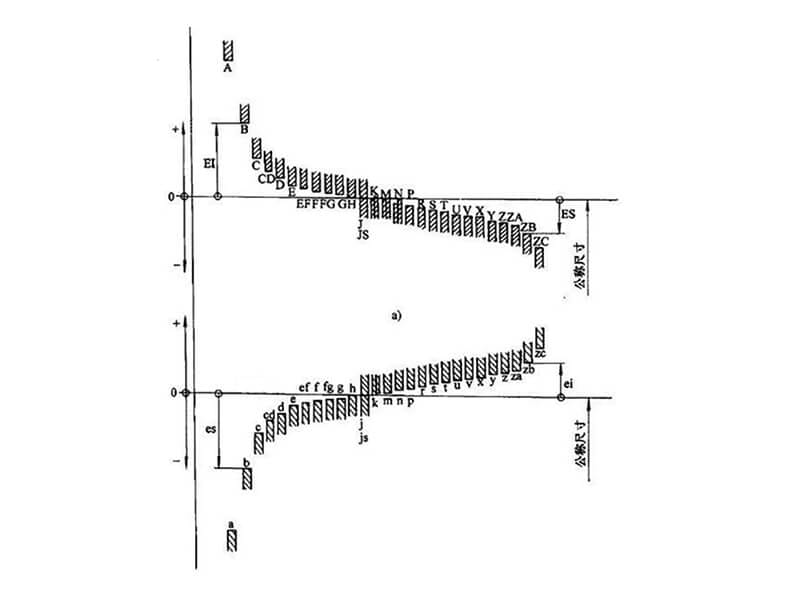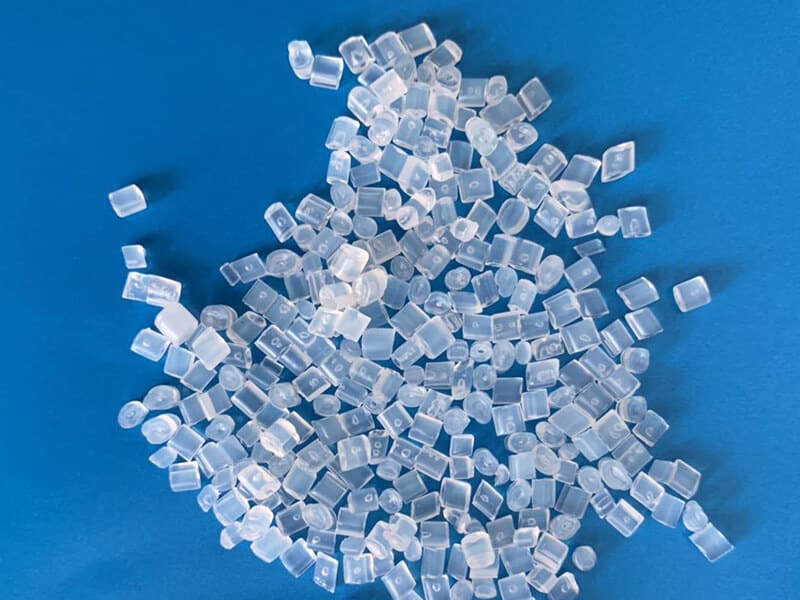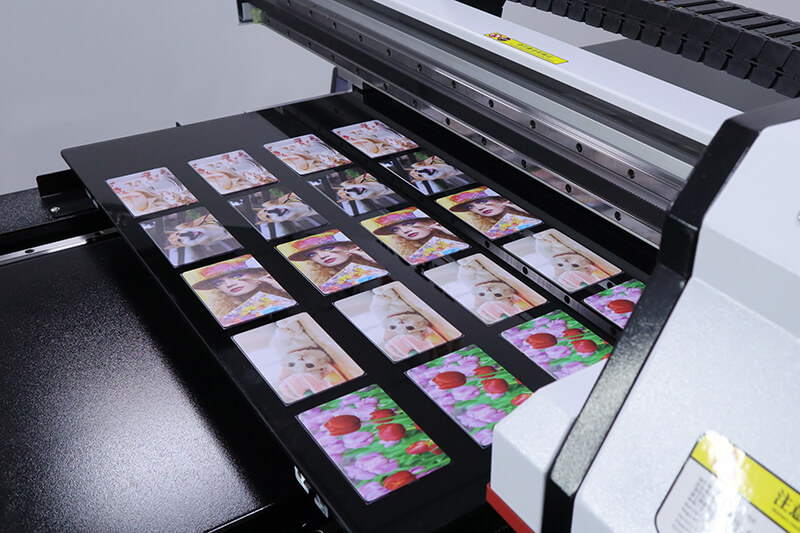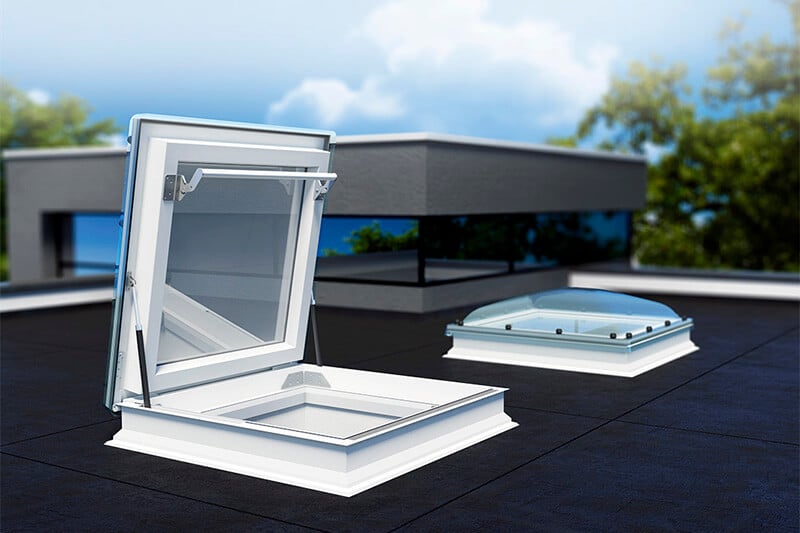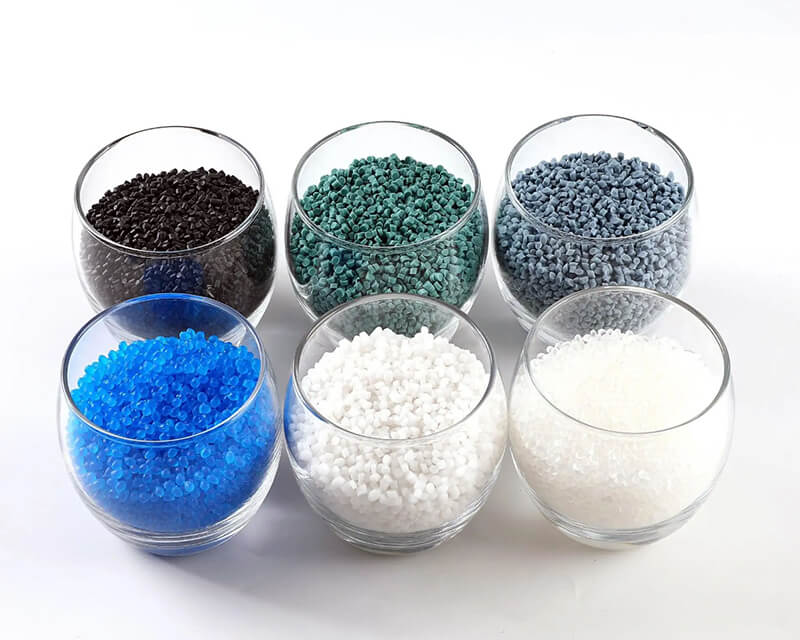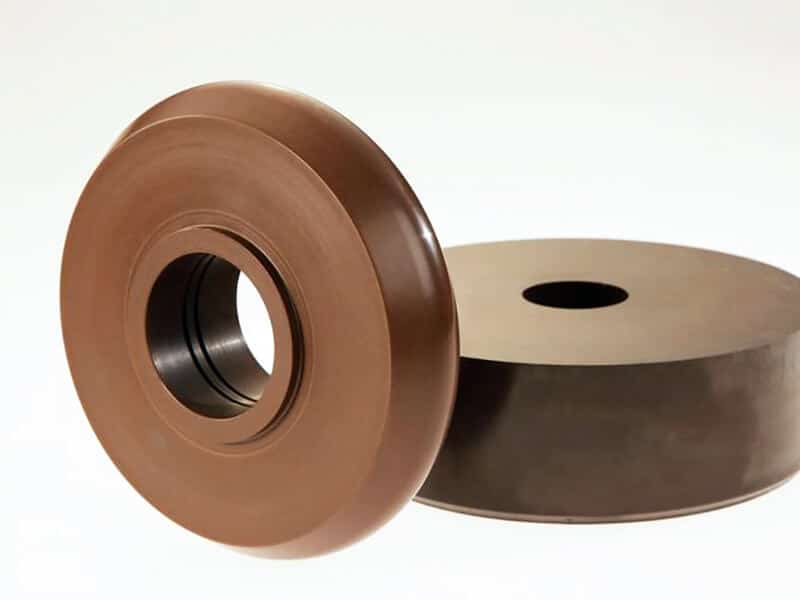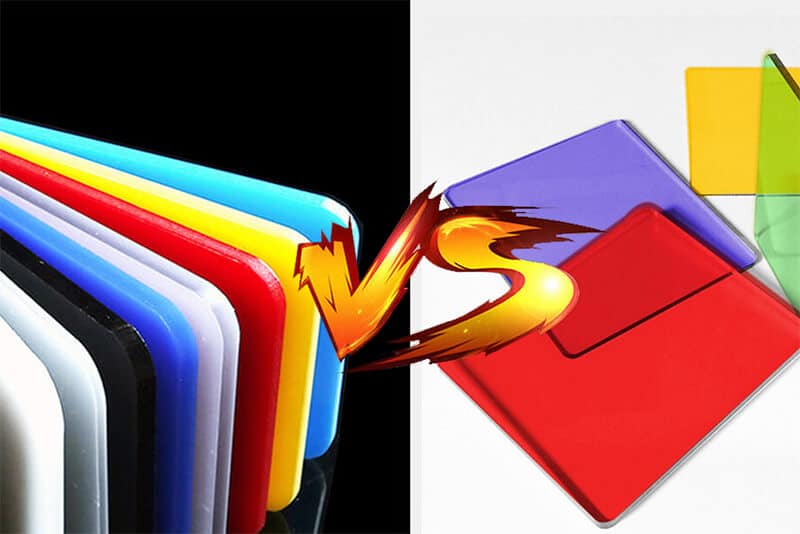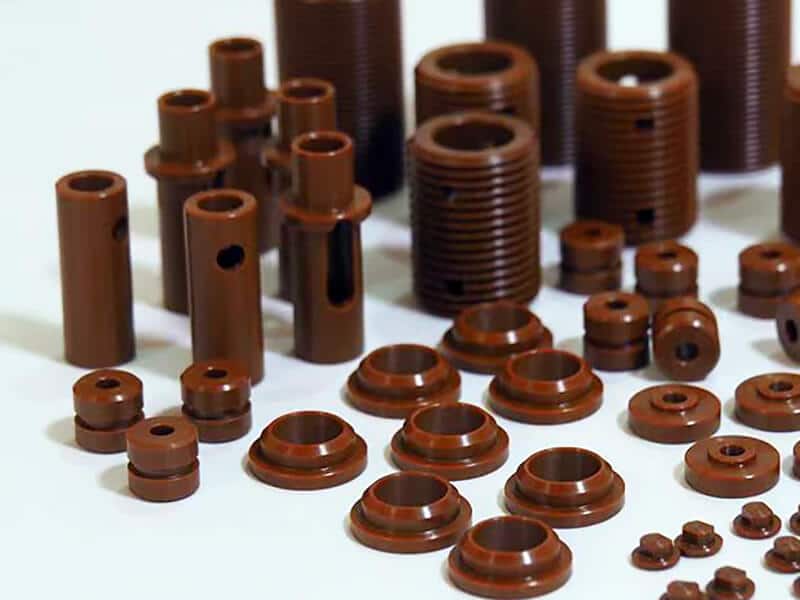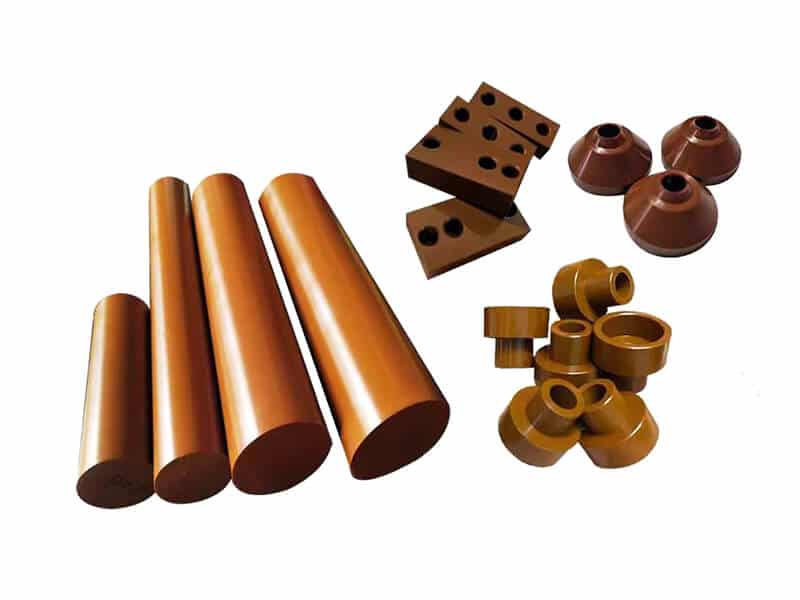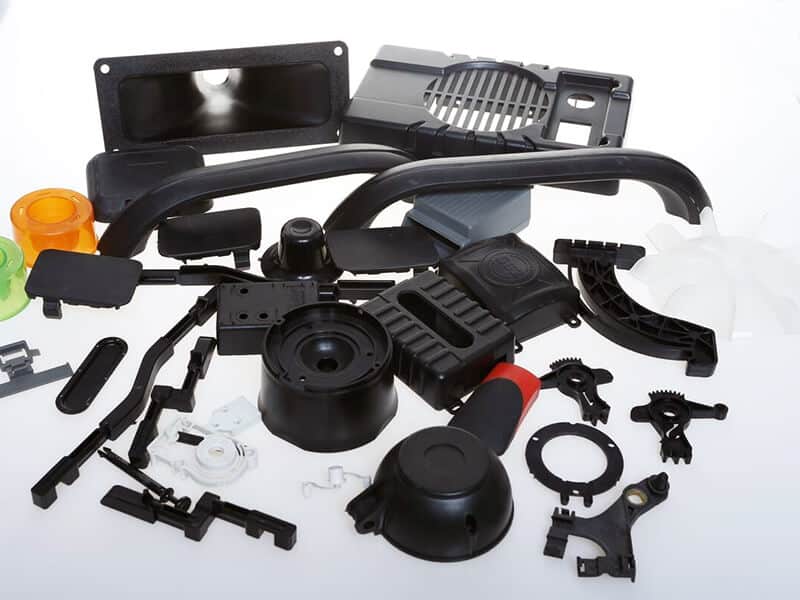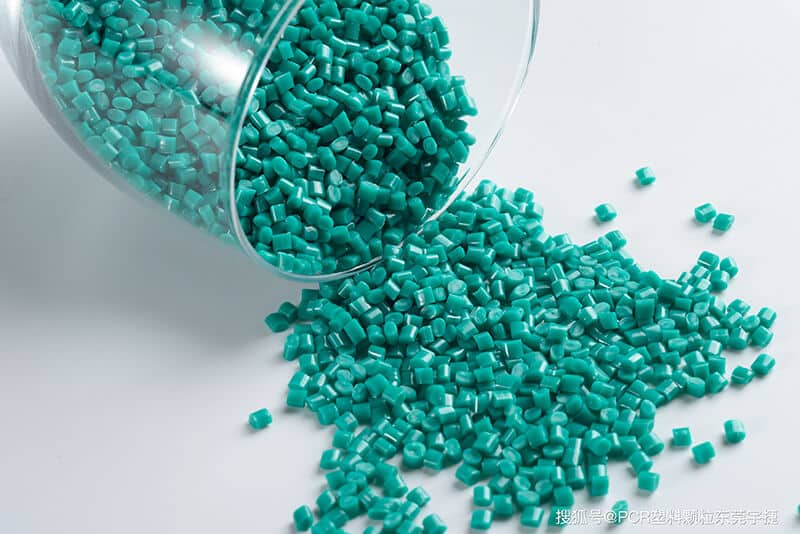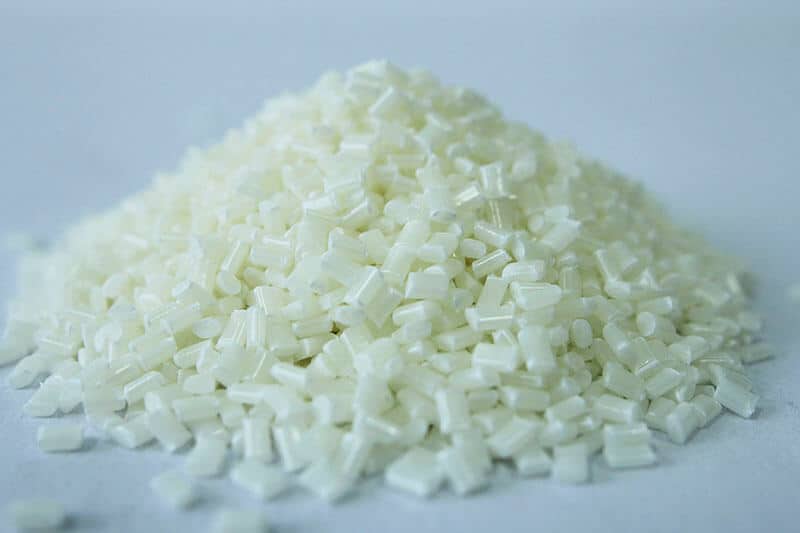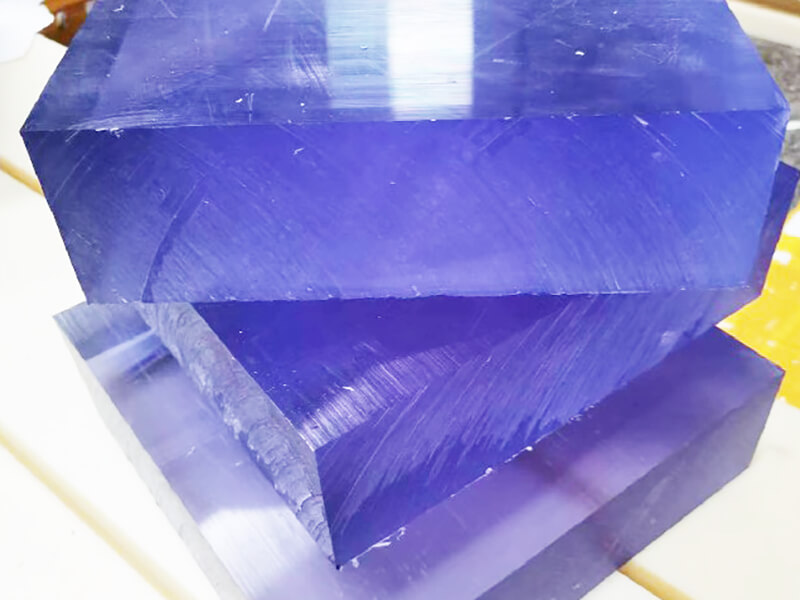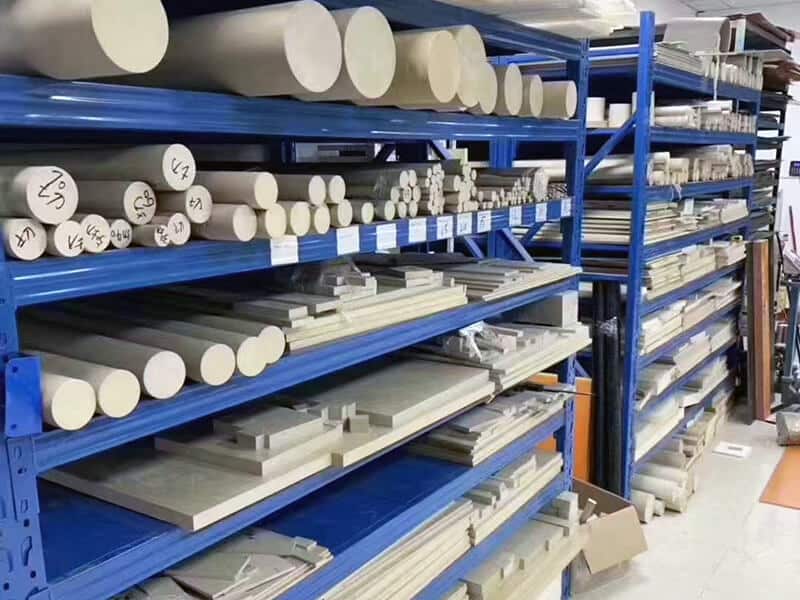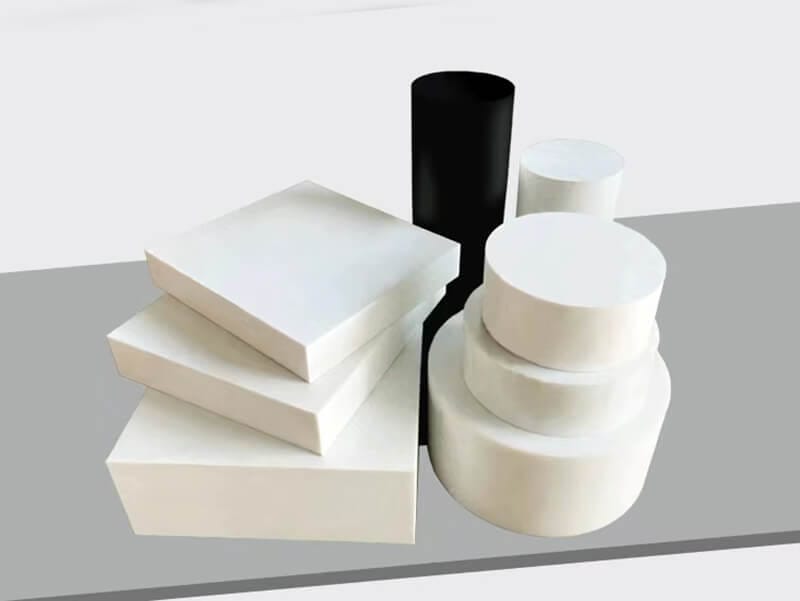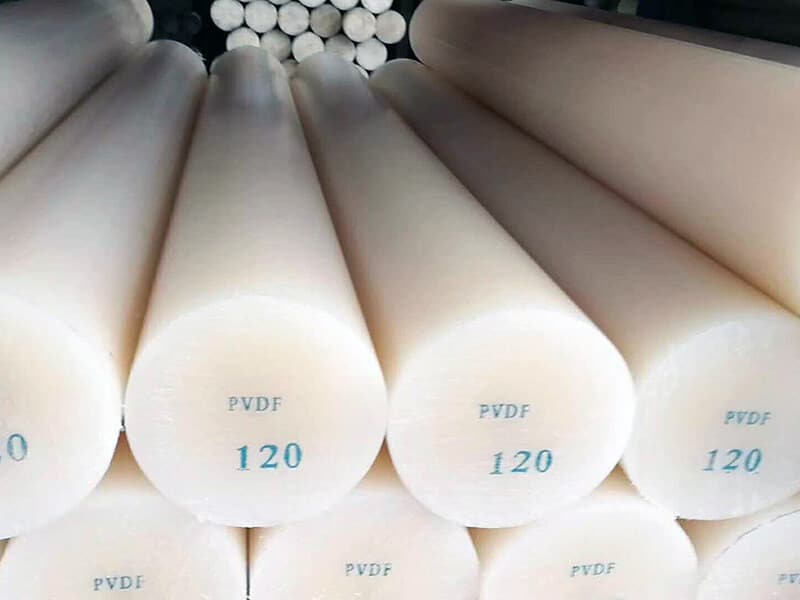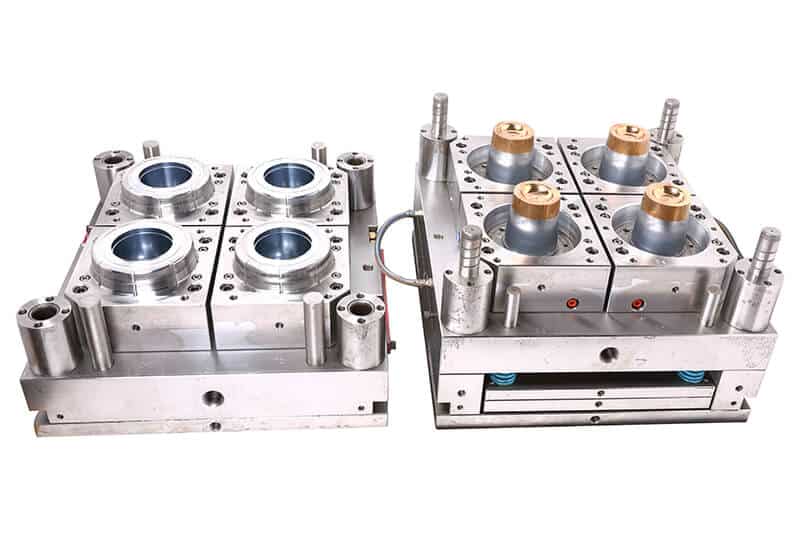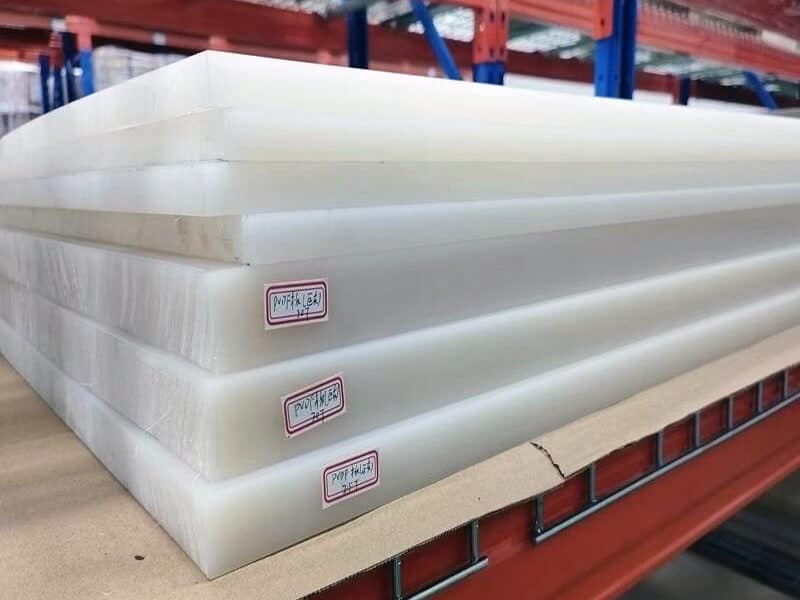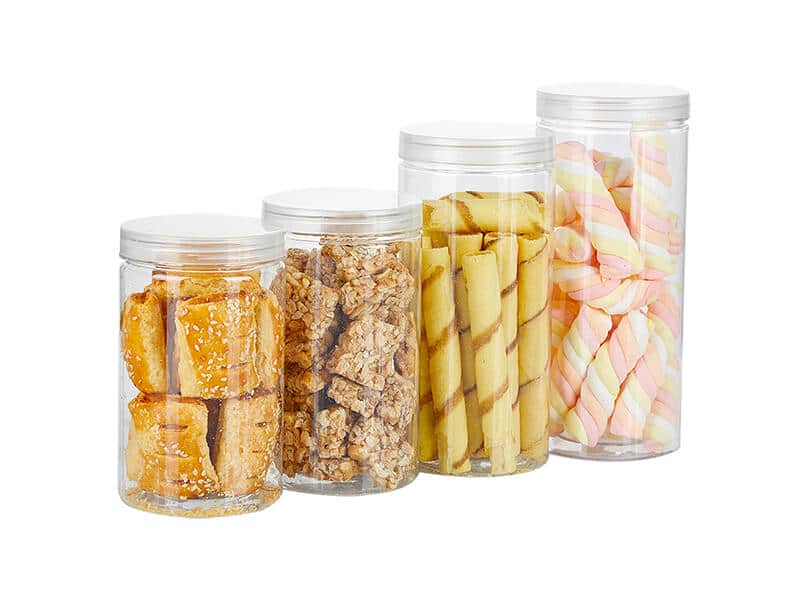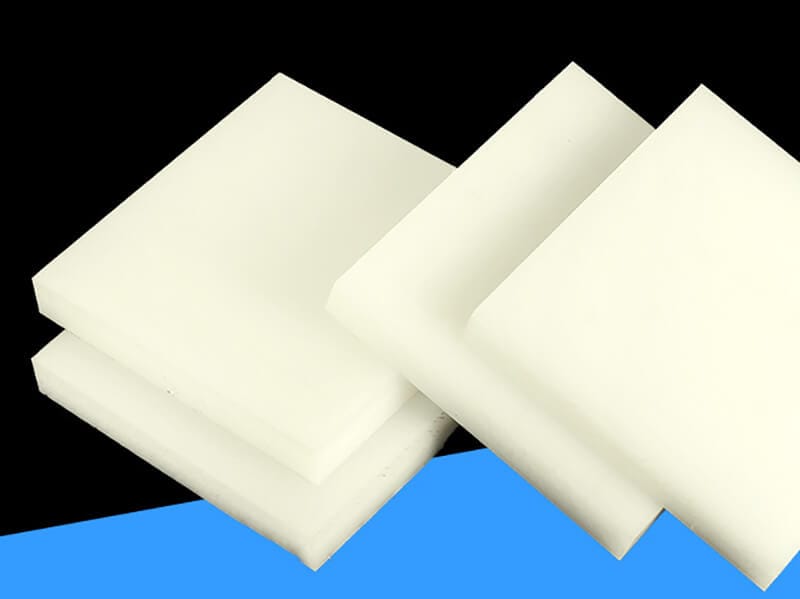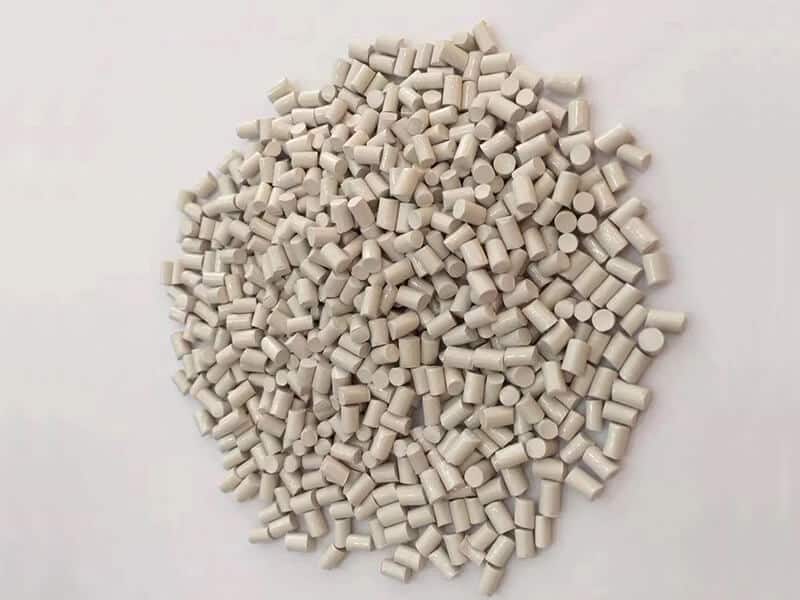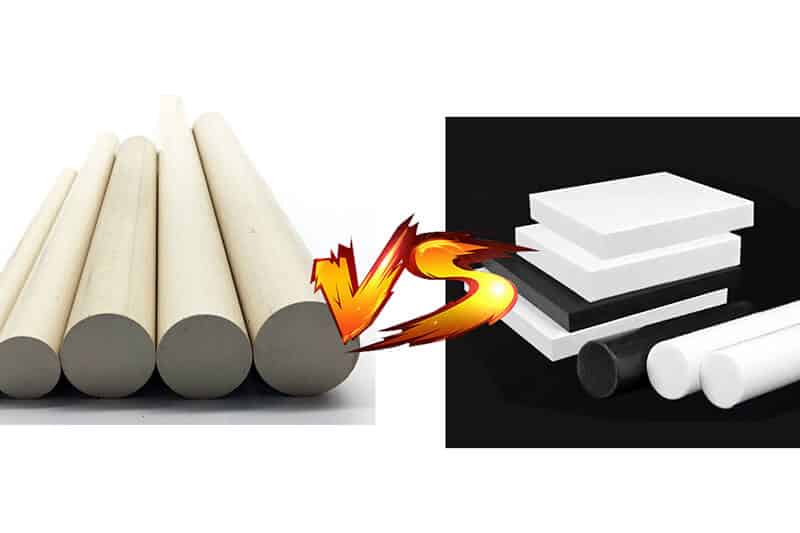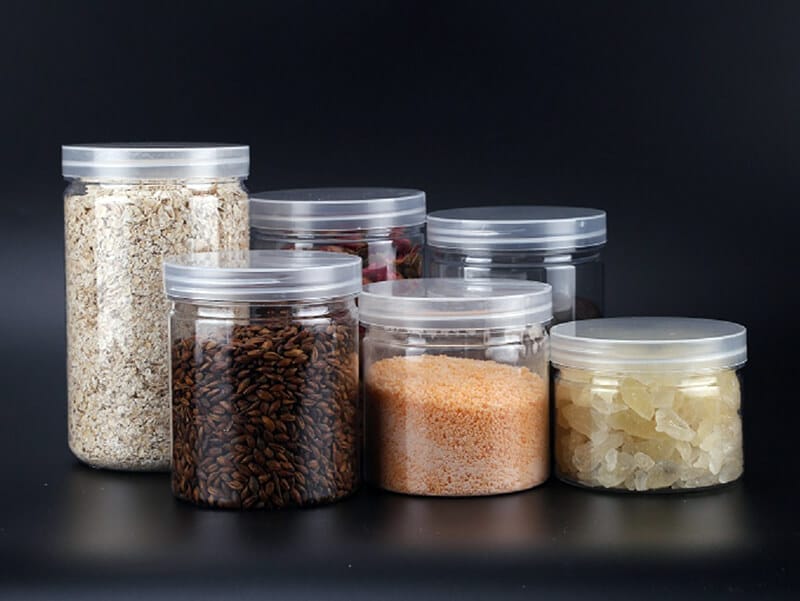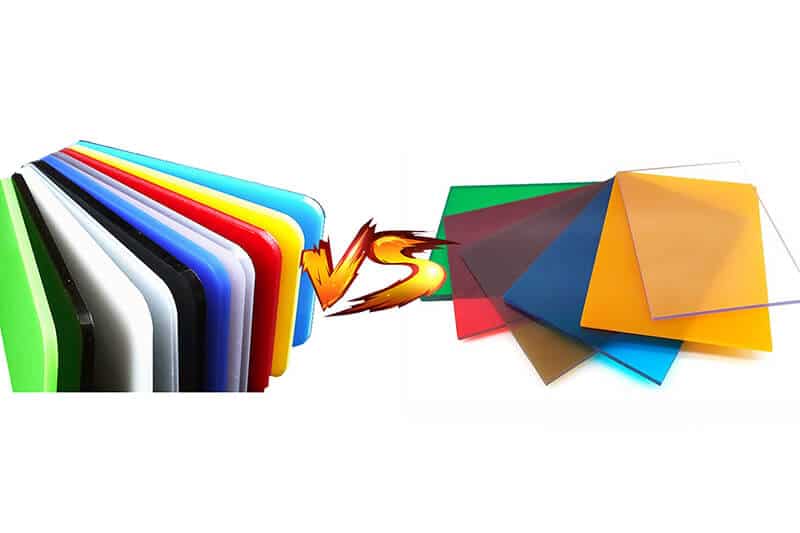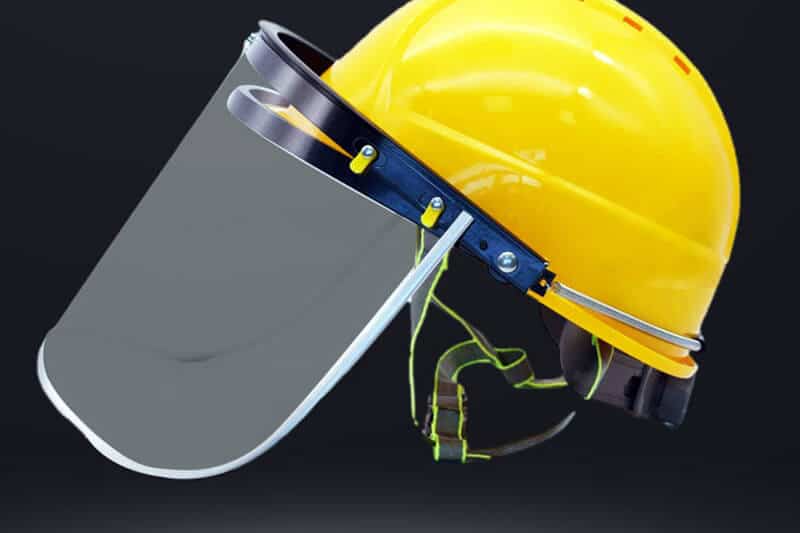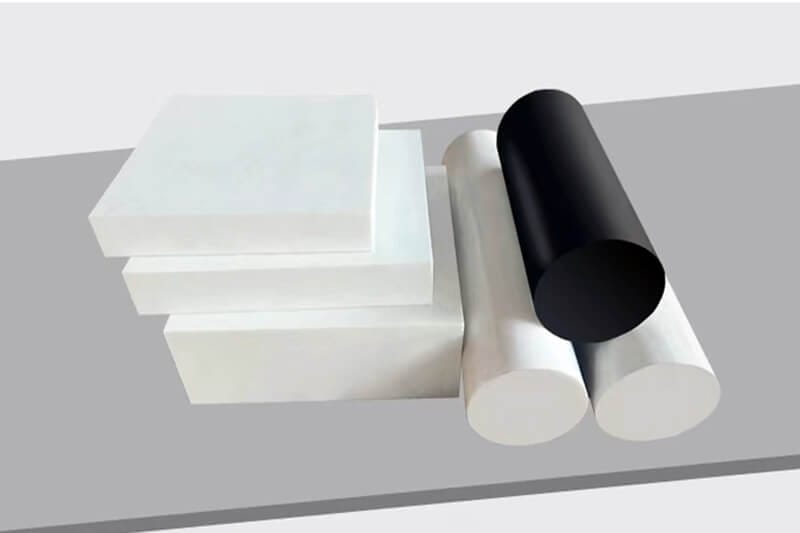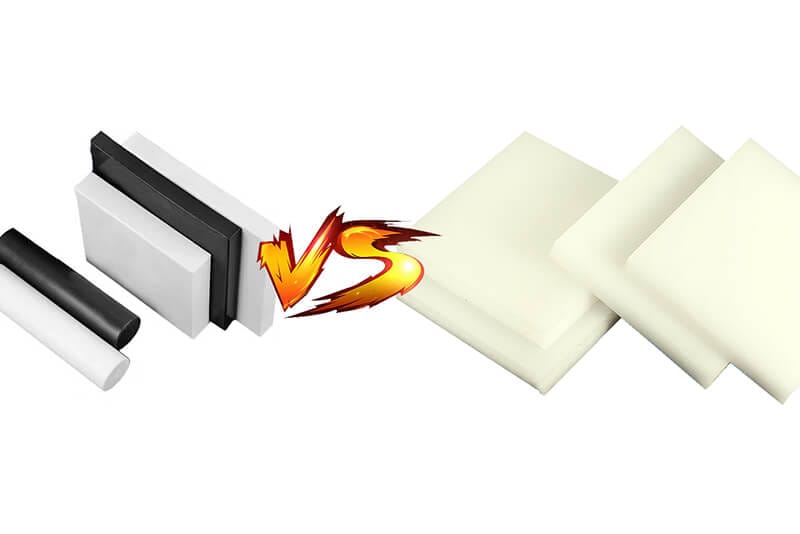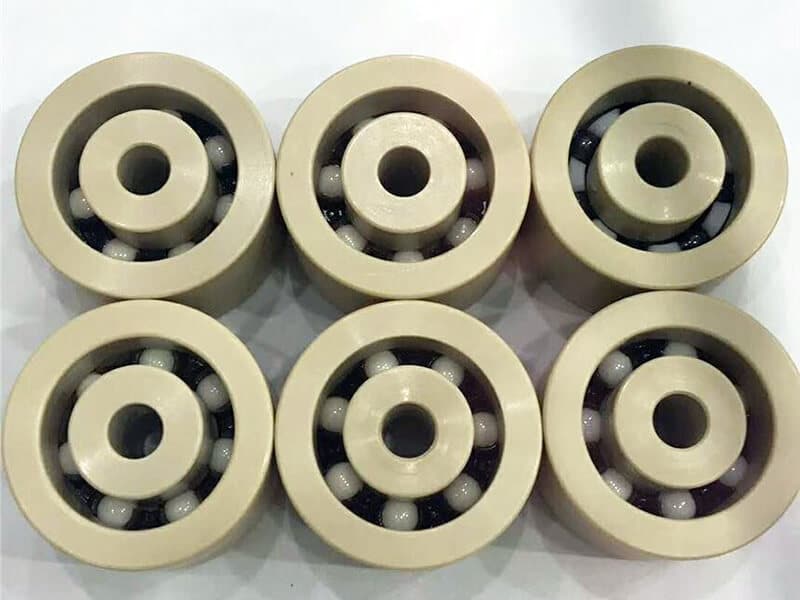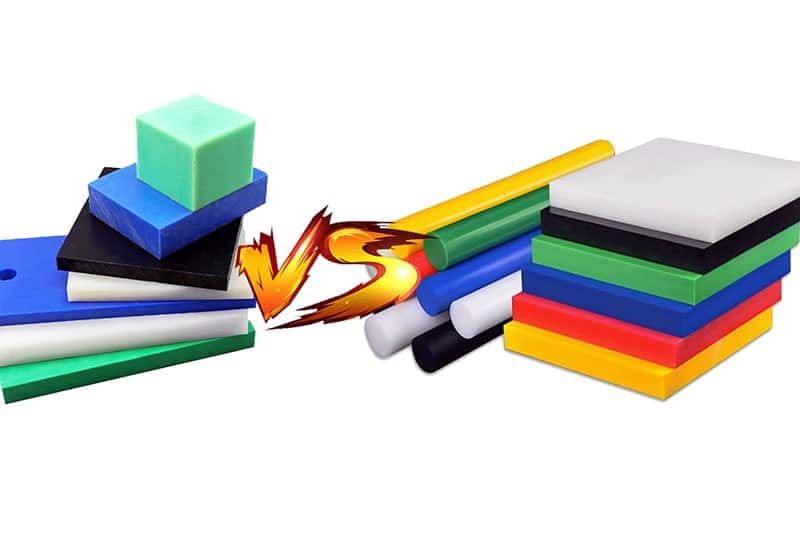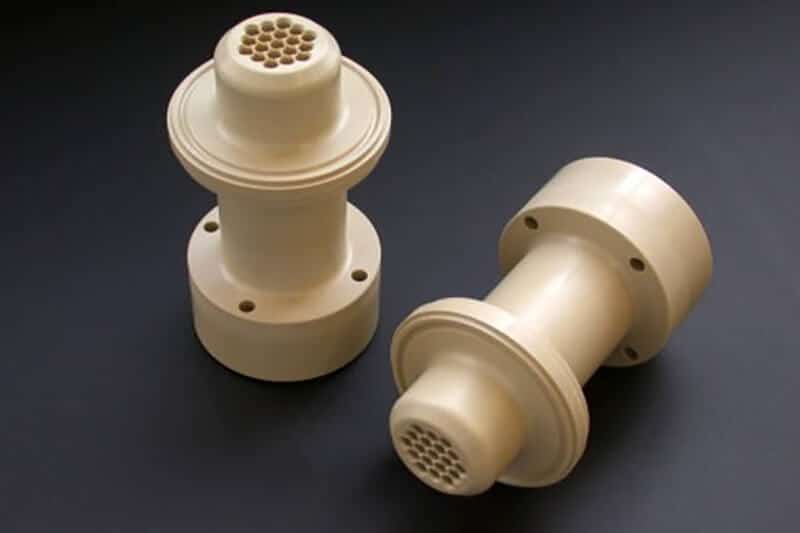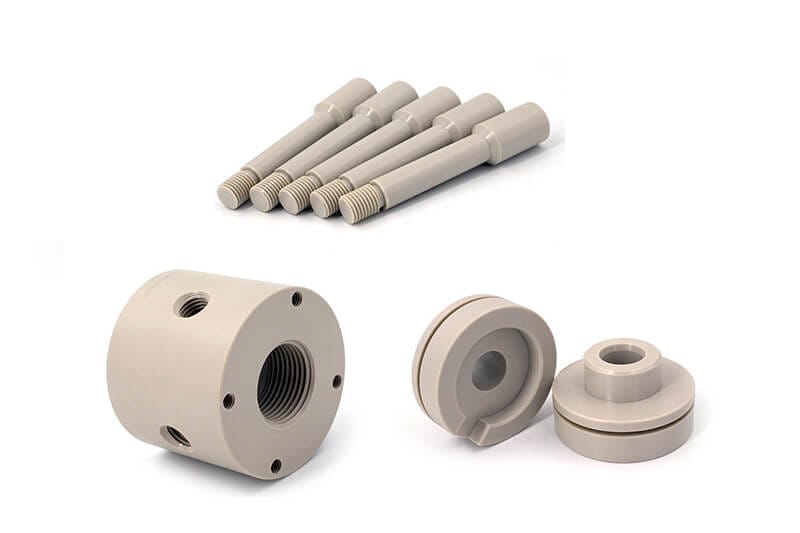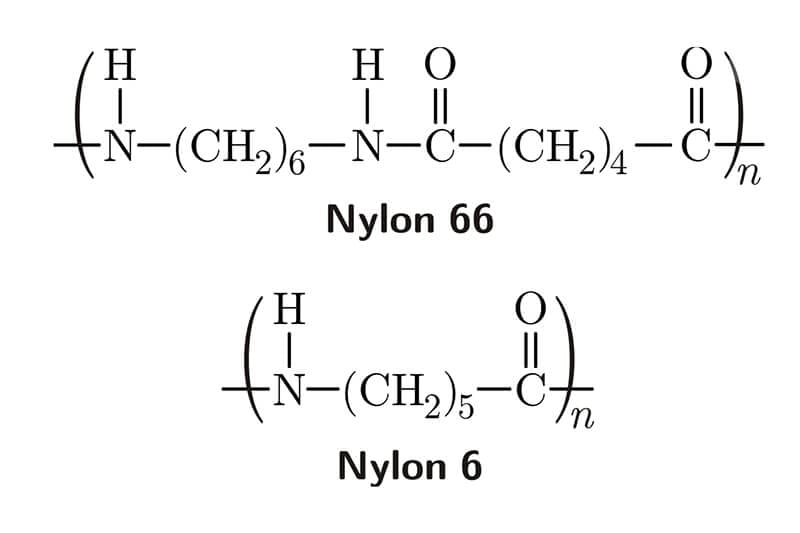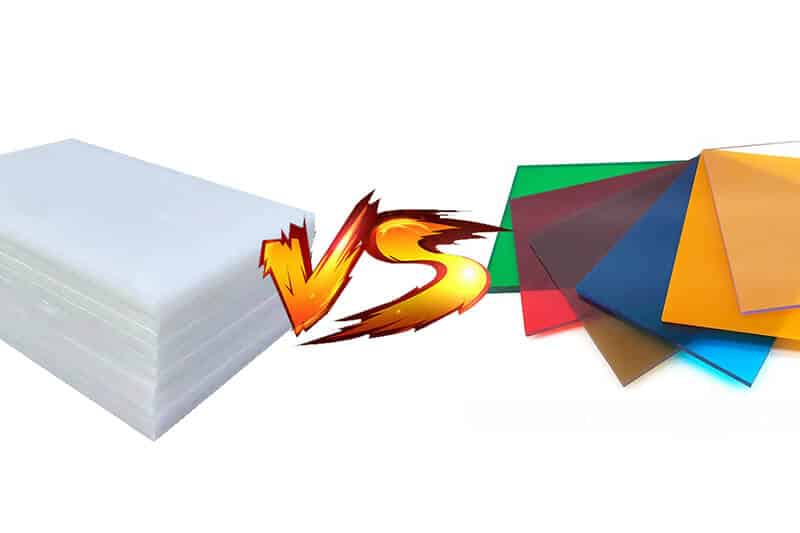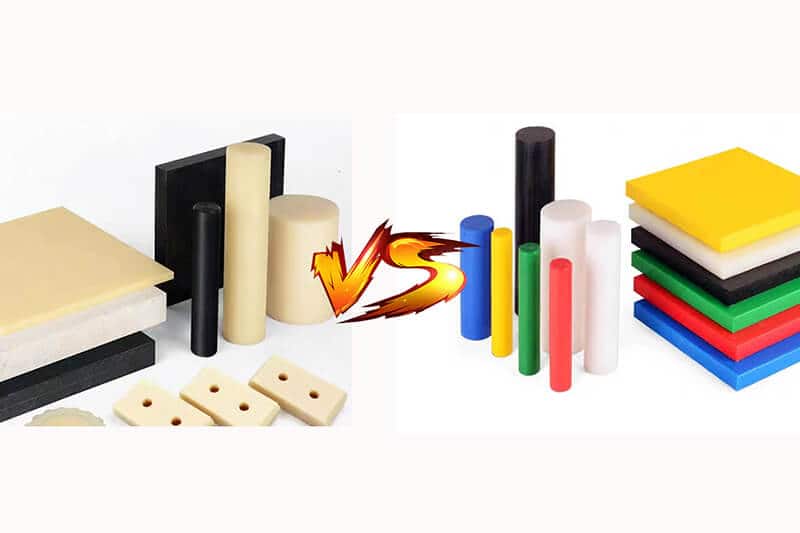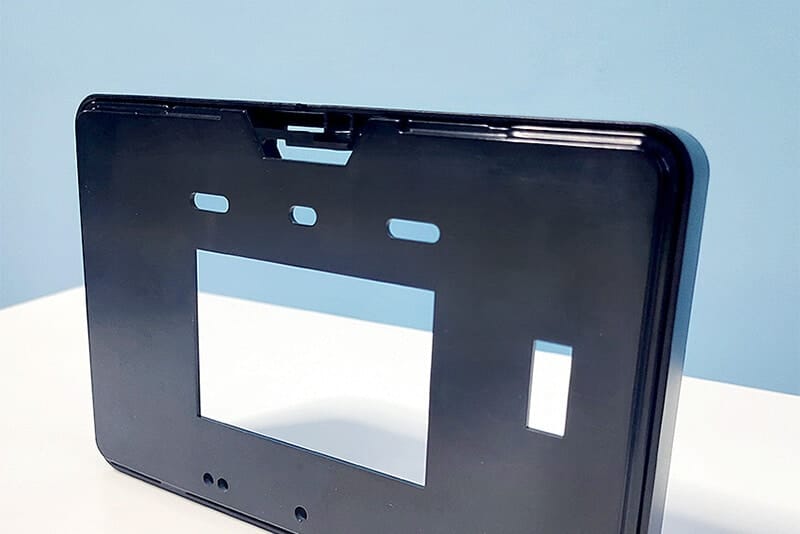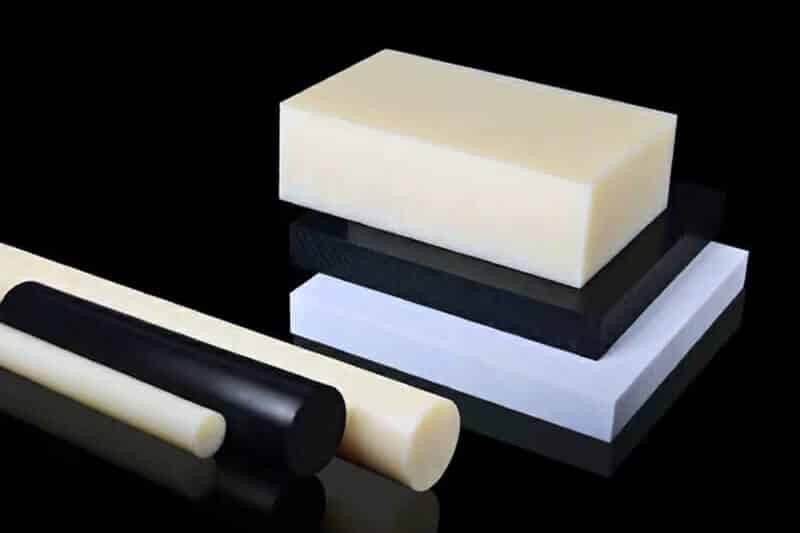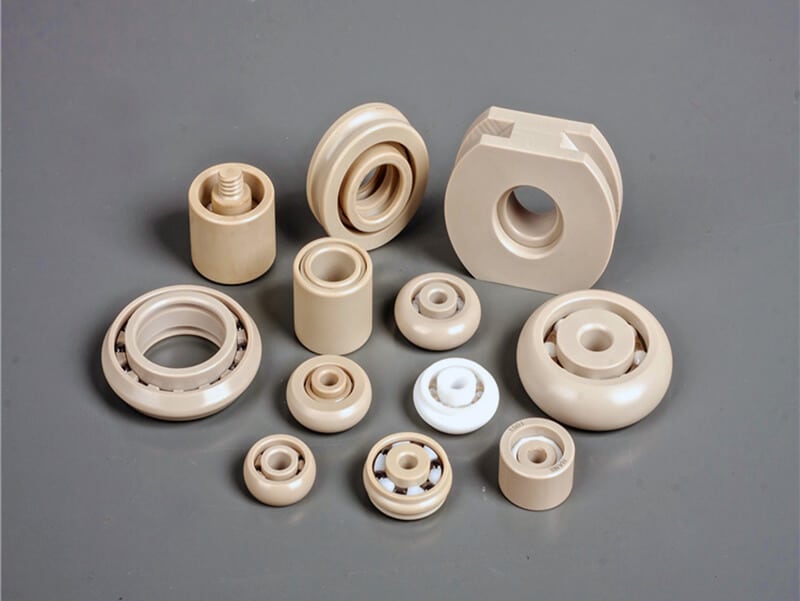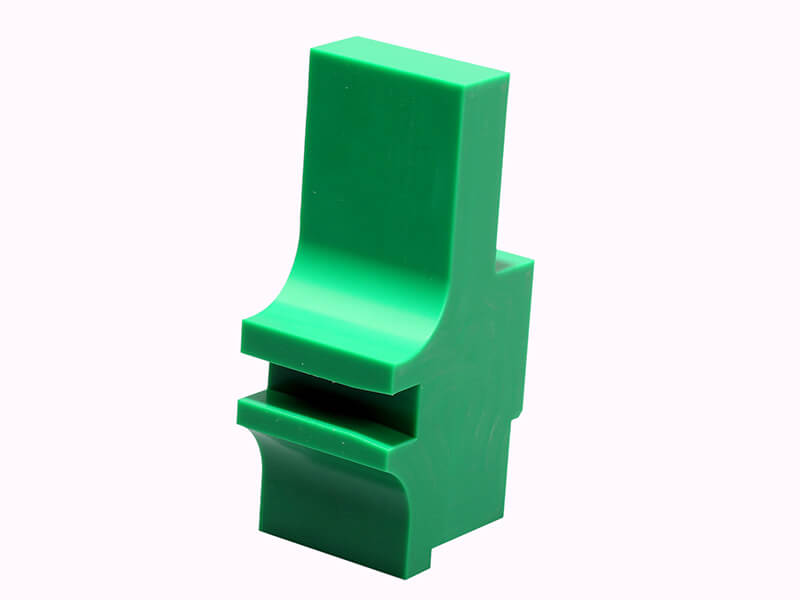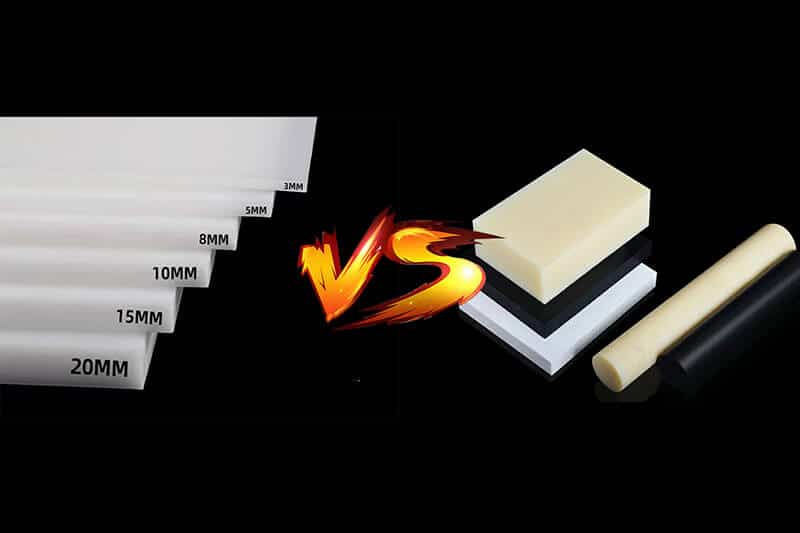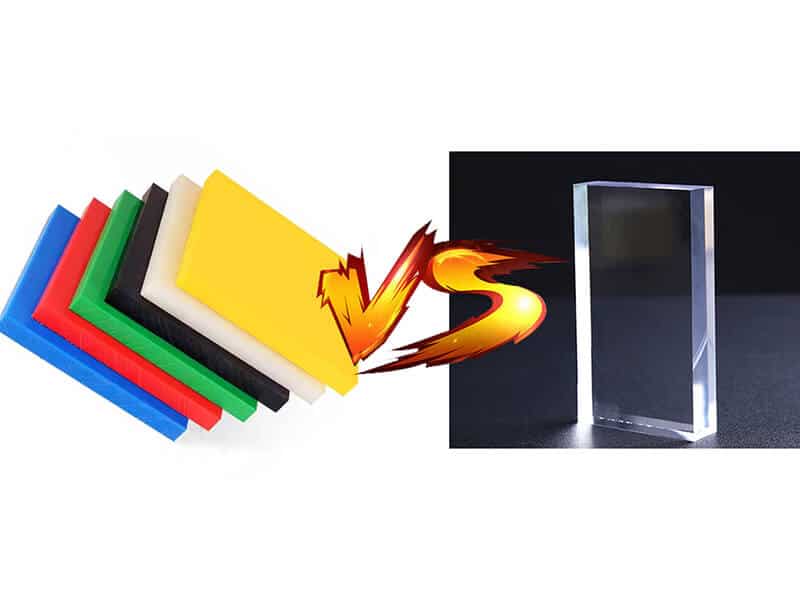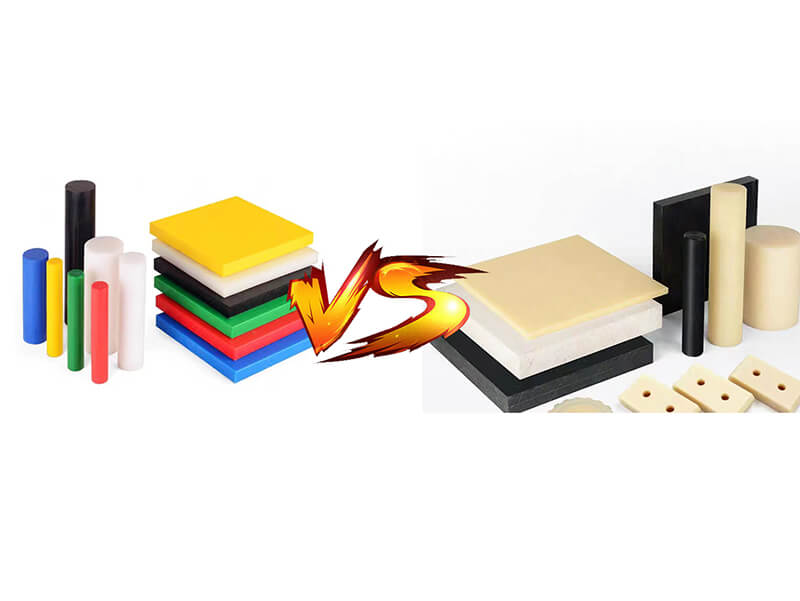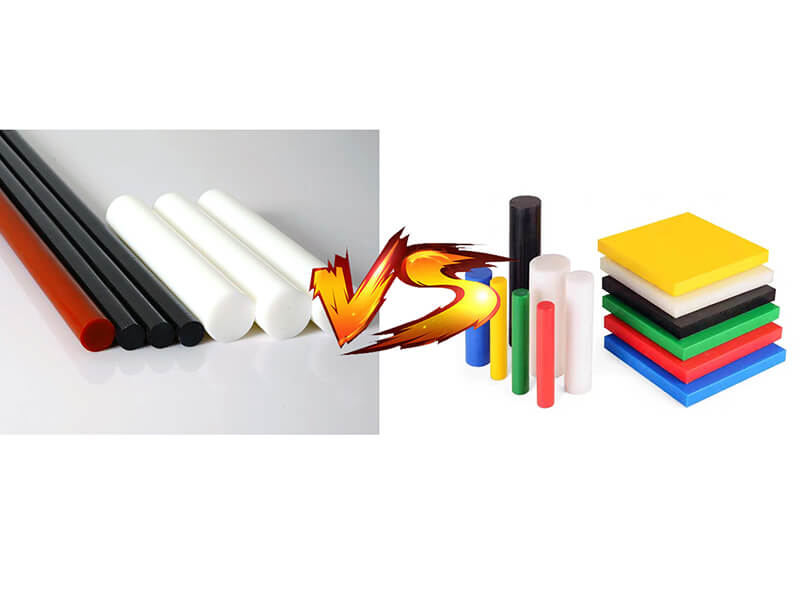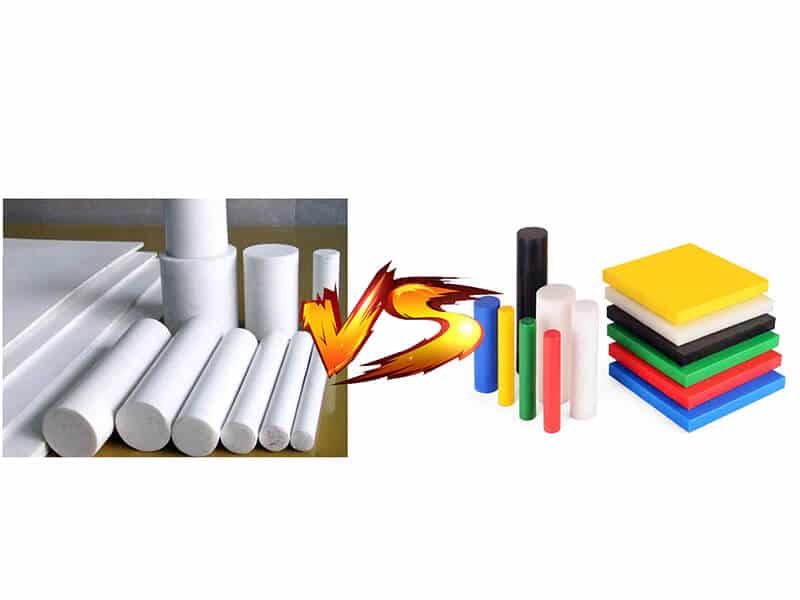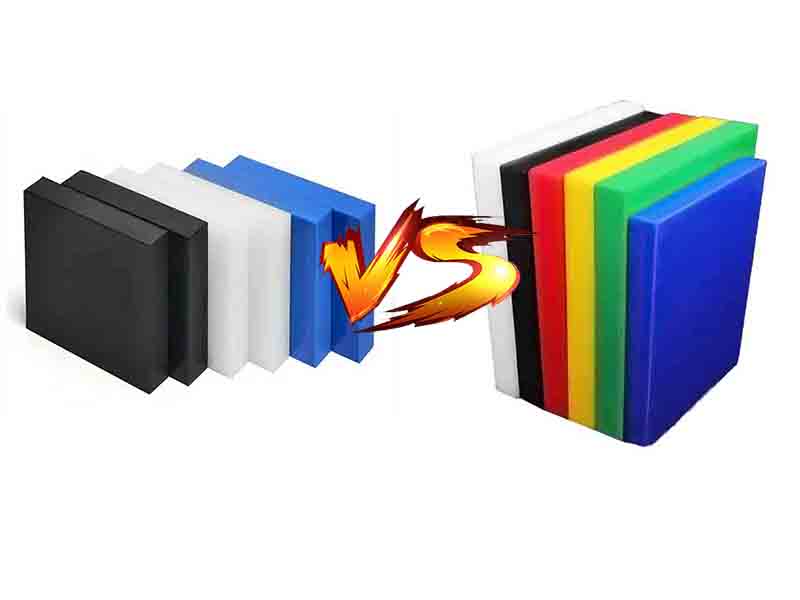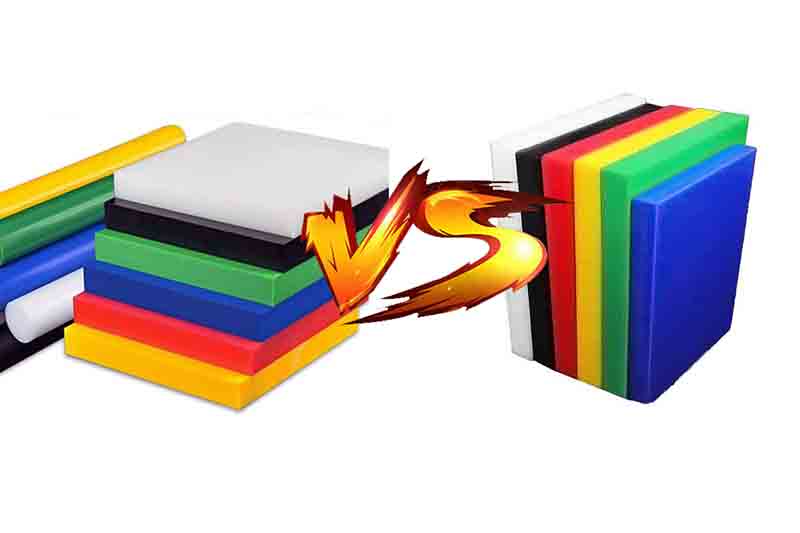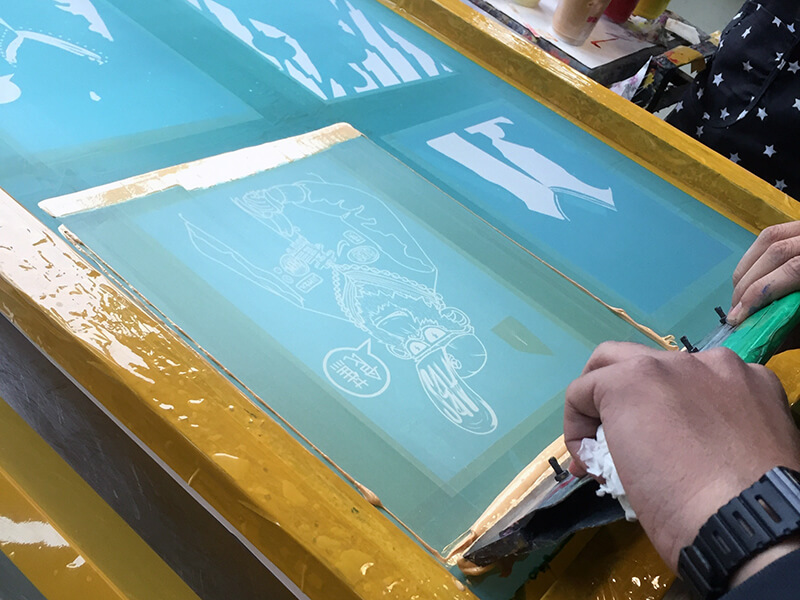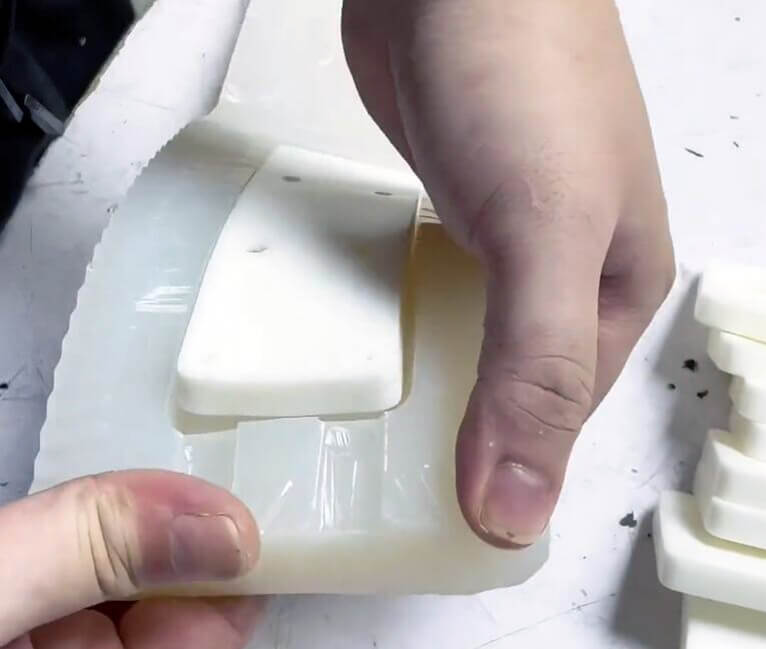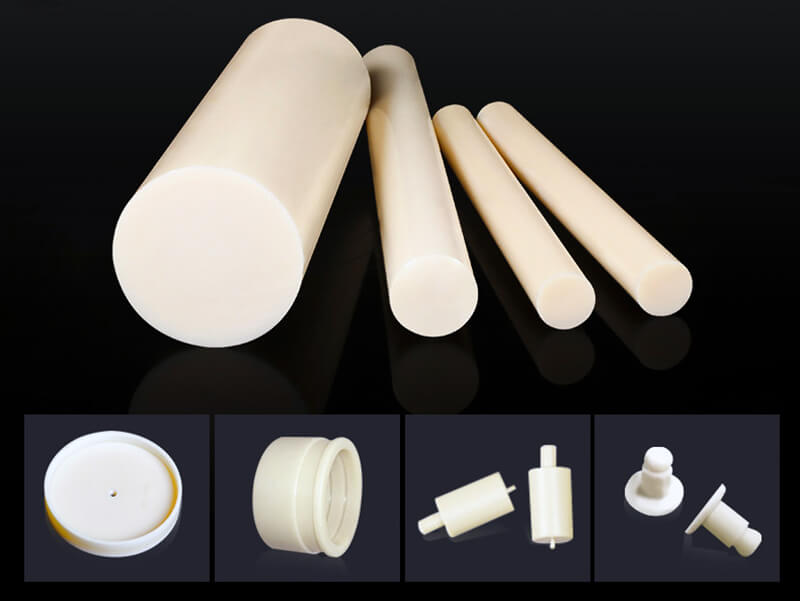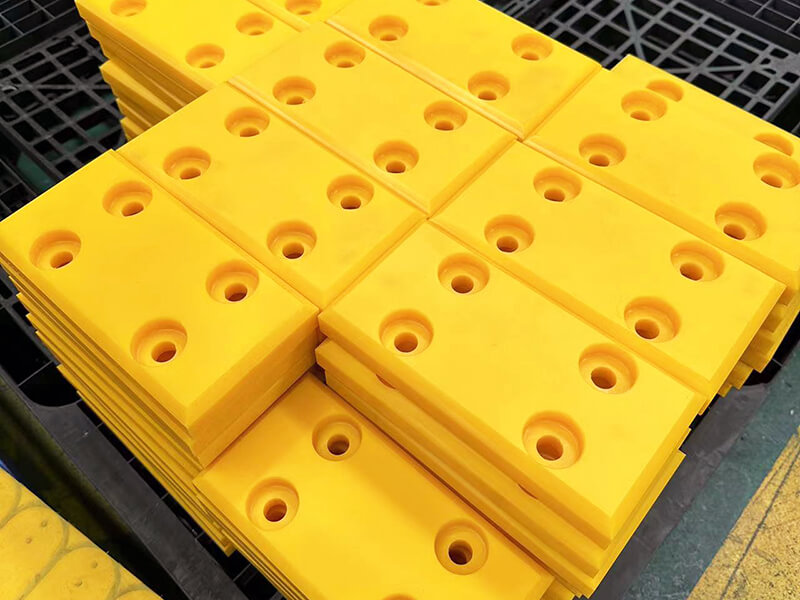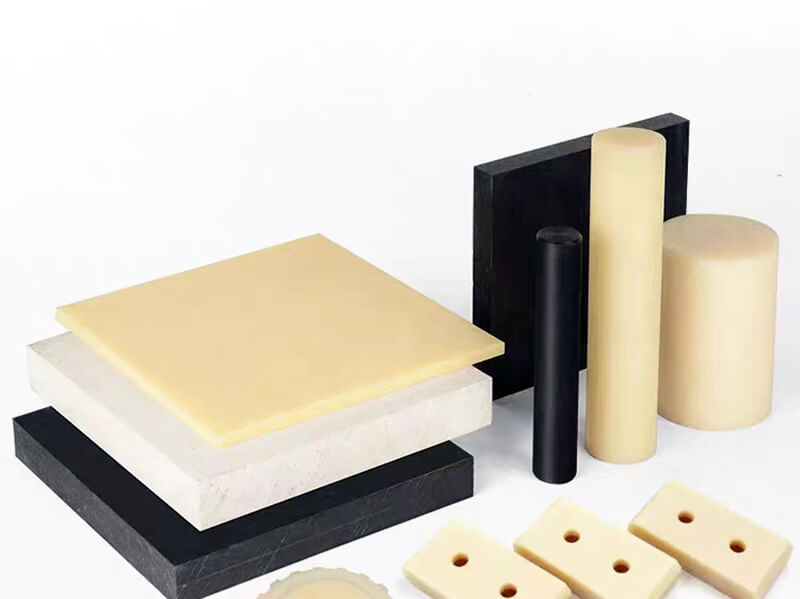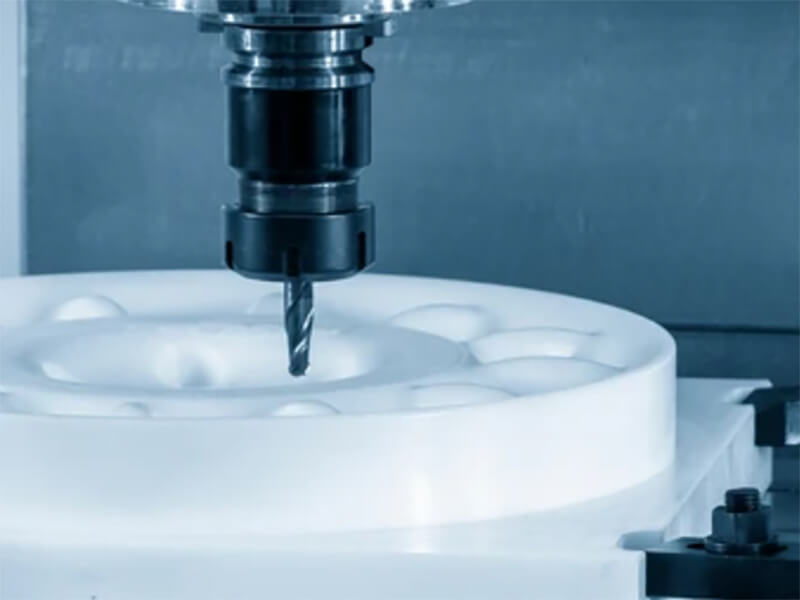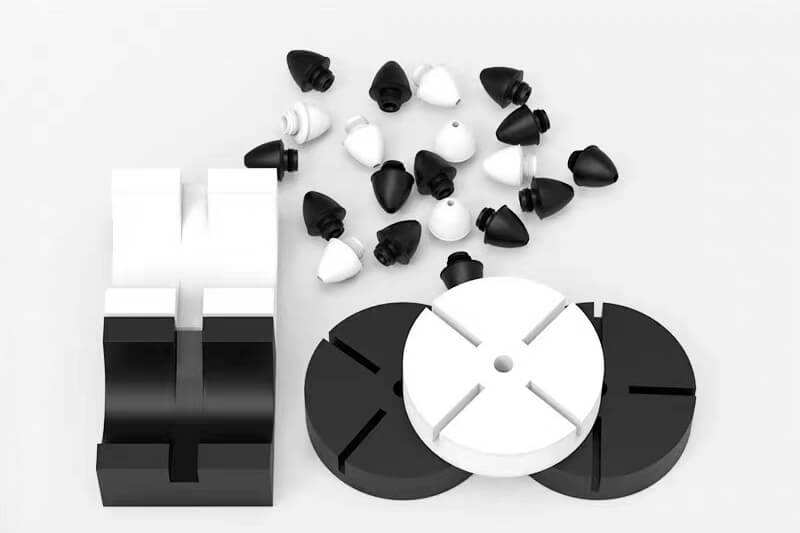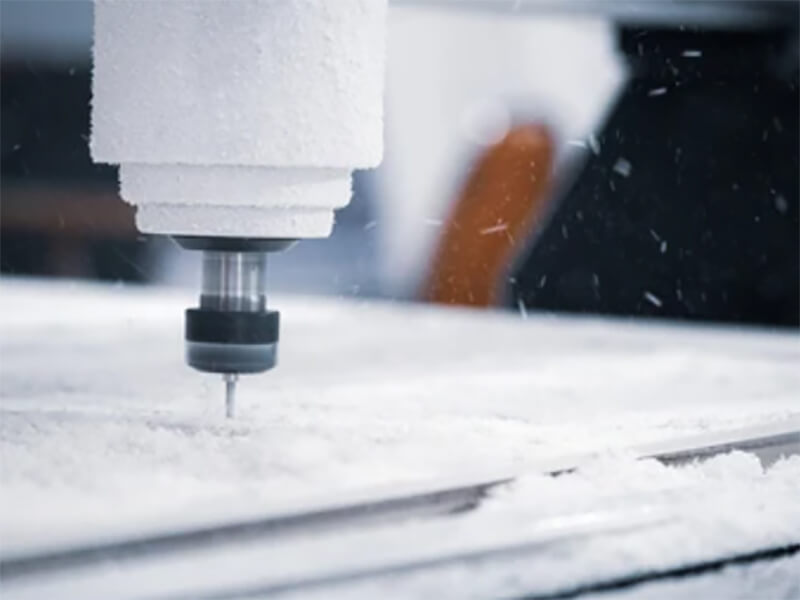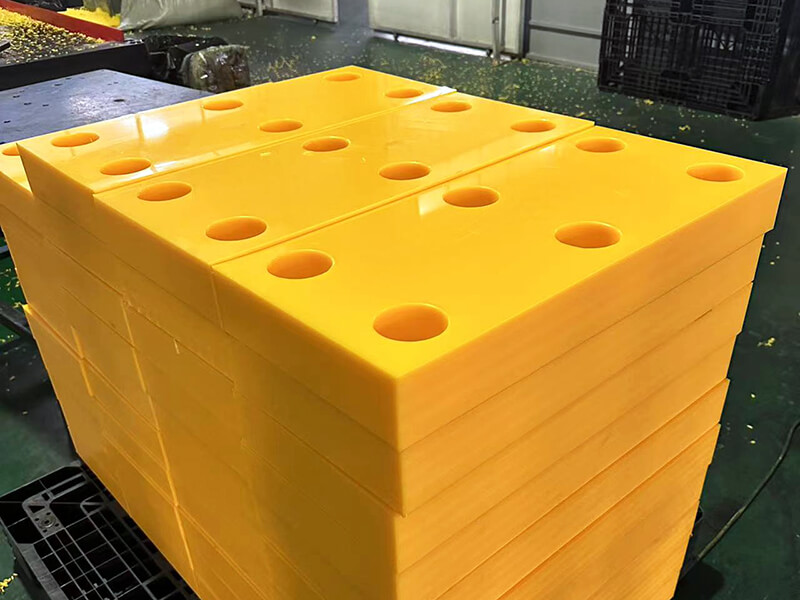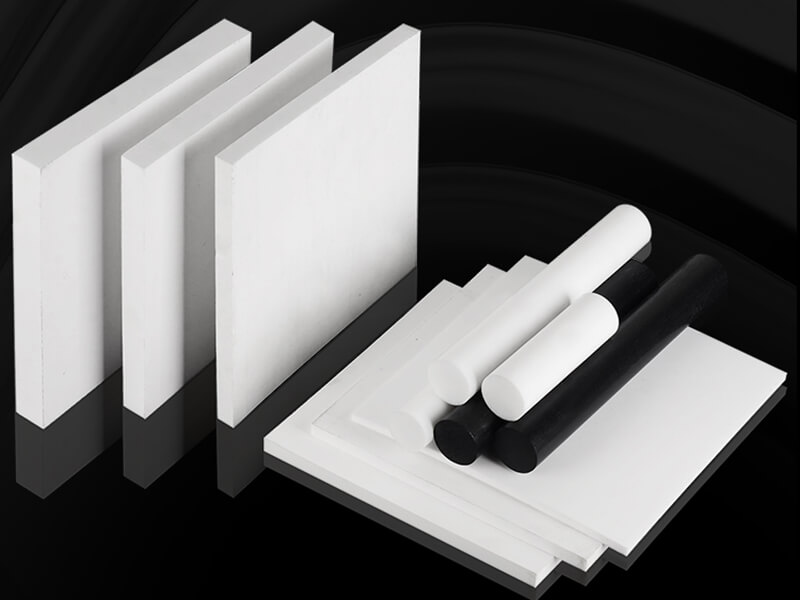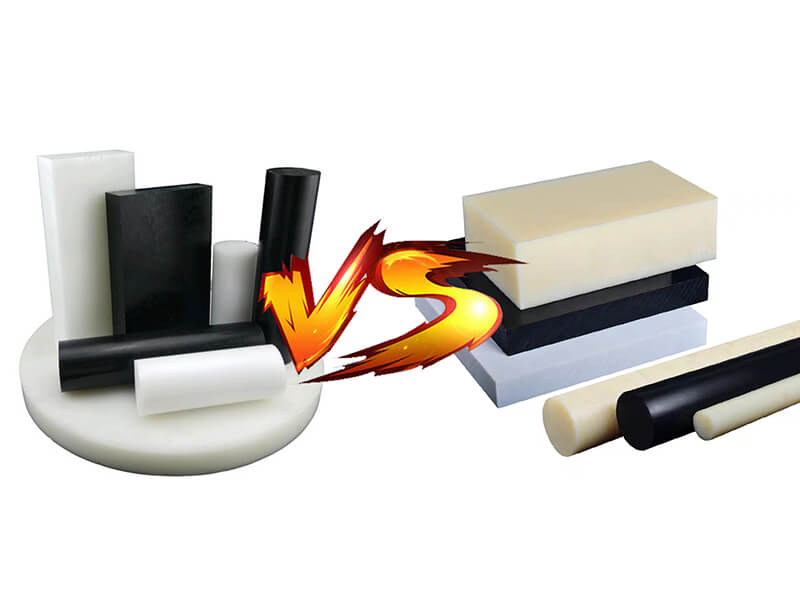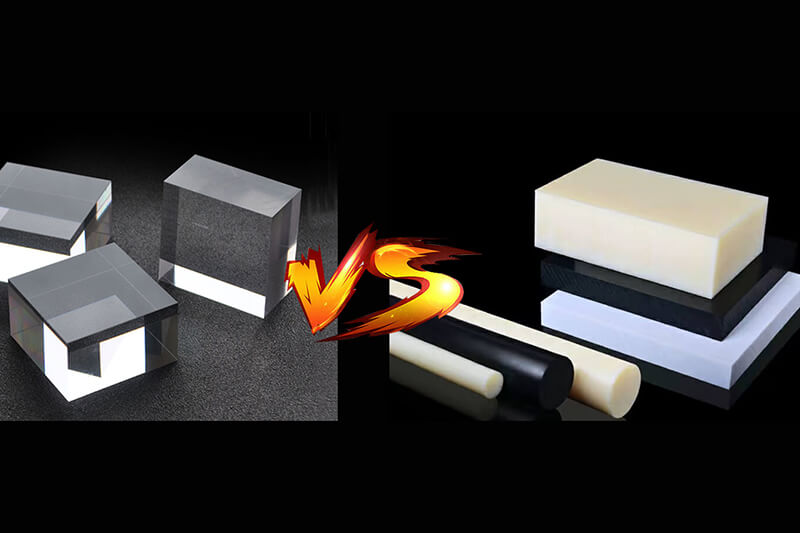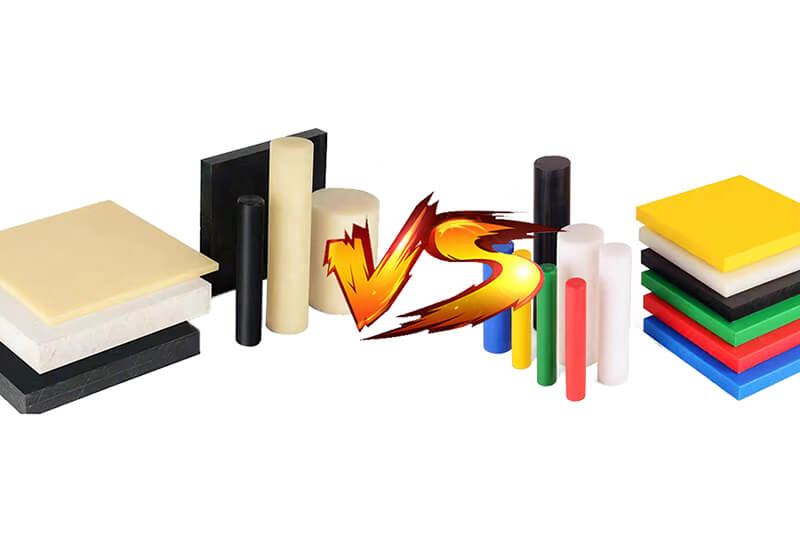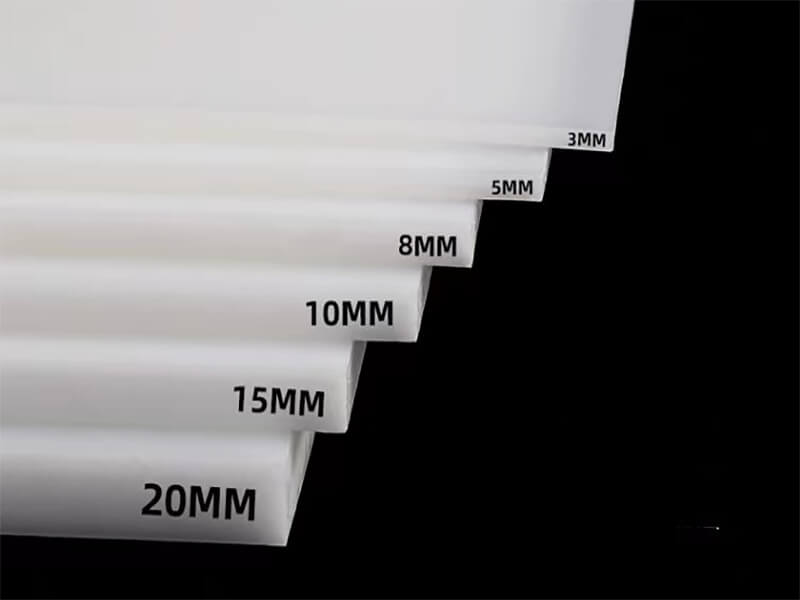About Polyimide (PI) material
Polyimide Material (PI), developed by DuPont in 1955, is a polymer containing imide groups in the high-performance plastics class. It is a perfect alternative to metal, but it is lightweight.
Polyimide Material (PI) is available in different grades, including unfilled grade, Graphite-filled, PTFE-filled, ESD grade, etc. It is one of the extreme performance engineering plastics because Polyimide (PI) can work well at a continuous use temperature range of up to 580 °F (304 °C). Meantime, it offers extremely low friction, outstanding chemical resistance, good dimensional stability, and great chemical resistance.
Polyimide Material (PI) is produced and stocked in sheets, films, and rods. It can be machined into components/parts using a CNC milling machine, CNC turning machine, etc.
Specification about Polyimide (PI) Material
Profile/Shape
Grade
Color
Polyimide (PI) Sheet/Block
Polyimide (PI) Rod
Polyimide (PI) cake
Remark
Properties of Polyimide (PI) Plastic
Main Usage of Polyimide (PI) Plastic
Main Feature of Polyimide (PI) Plastic
Target Industry
Can’t find what you need? Or need a custom Polyimide (PI) Material?
Leading supplier of Polyimide (PI) material and machining services in China
Since 2003, UVTECO has begun to develop Polyimide (PI) material. With continuous improvement, our Polyimide (PI) materials are the best alternatives to top brands in this field, and the price is very competitive.
Our engineers have professional knowledge of Polyimide (PI) material, so we can provide suitable products or solutions at competitive prices. We usually stock the frequently used Polyimide (PI) sheets/rods, which makes the lead time very short. In the meantime, UVTECO provides an integrated solution for precisely machining Polyimide (PI) parts/components with tight tolerances.
Today, UVTECO provides high-quality Polyimide (PI) profiles and parts/components for over 500 clients from more than 45 countries. They are active in the aircraft and aerospace industry, medical equipment, semiconductor industry, vacuum equipment, cryogenic equipment, petroleum machinery, high energy radiation equipment, etc.
Contact UVTECO for machining Polyimide (PI) Material
Related Blogs about Polyimide (PI)
Frequently Asked Questions about Polyimide (PI)

Looking for a trustworthy Supplier
Need a Trustworthy Supplier of Plastic, Foam, Sponge, Rubber, Metal, and Machining Solution. Click the Button, We Will Be In Touch With You As Quickly As Possible.
